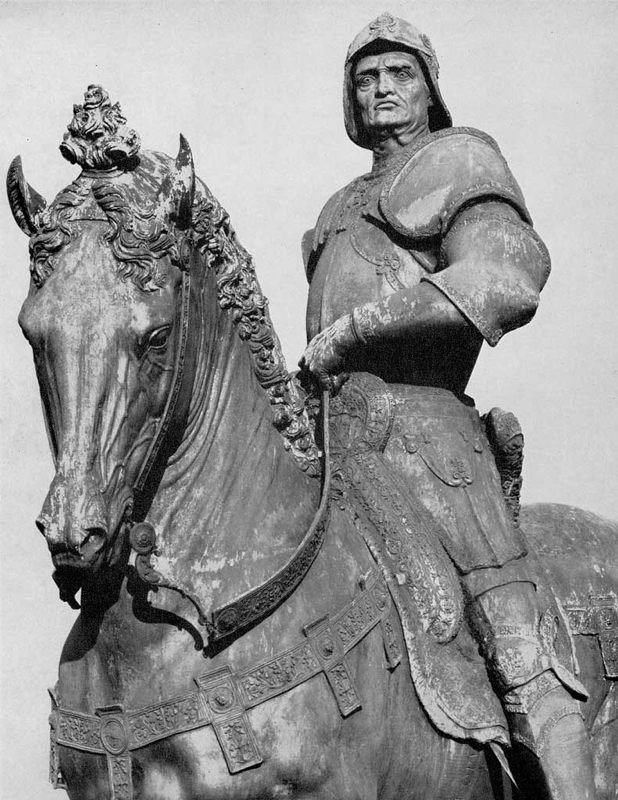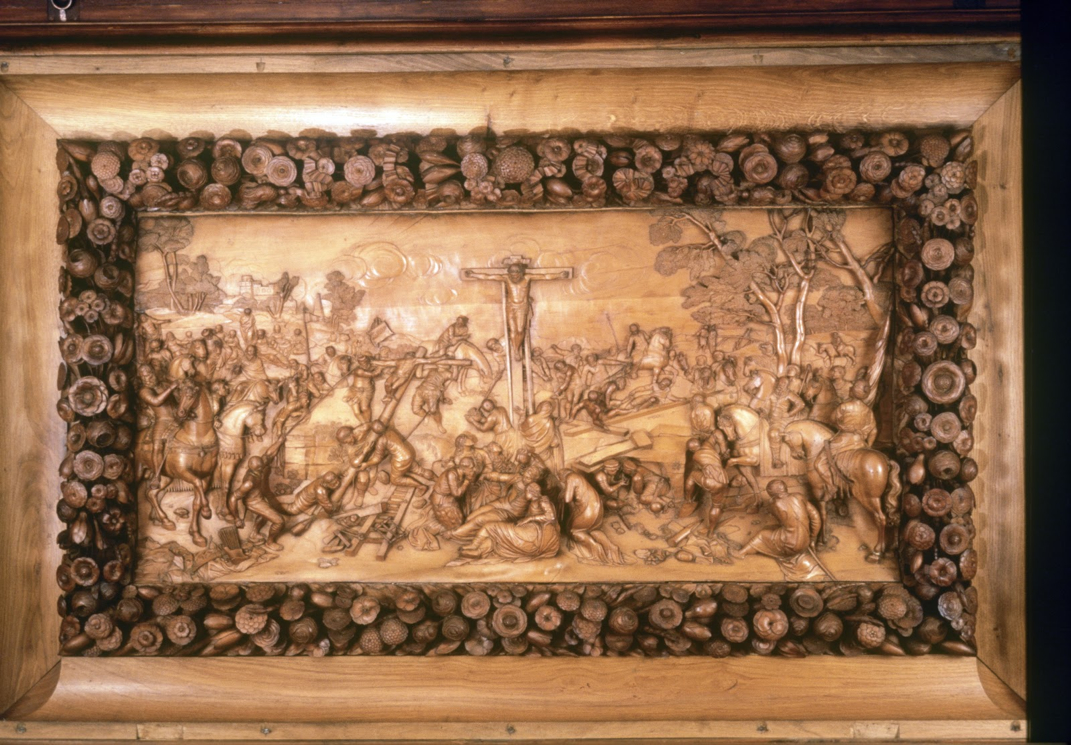|
The Deputy Prime Minister said, in a speech at Oxford this week: 'Isolationists. They are not thinking about Britain's interests. They shroud their narrow nationalism in the language of patriotism. They mask their hostility towards Europe as British bulldog spirit. But these are false patriots.' http://www.bbc.co.uk/news/uk-politics-27496450 I spoke with Adrian Goldberg @RealADGoldberg on BBC WM @BBCWM in a discussion about Nick Clegg's headline-grabbing comment. Adrian chaired an on-air debate and passionate views were expressed on both sides of the argument. One lady recalled her childhood during WW2 when the skies of Europe were dark with bombers, and declared she is against positive engagement with our partners in Europe. The bombers darkening the skies of Britain during WW2 were not only Dorniers and Junkers from Germany but also Wellingtons and Lancasters, flying from here to bomb people in Europe. My parents witnessed this two-way traffic during their wartime childhood and members of my family were killed and injured. When I was a child, the skies were still dark with bombers. I remember the way my school-mates would cheer when 'Concorde' flew over our school. I didn't cheer because I knew it wasn't Concorde but a delta-winged Vulcan bomber. And it was armed with a nuclear bomb. Avro made both the Lancaster bomber of my parents' childhood and the Vulcan bomber of my childhood. Both aircraft threatened friend as much as foe. Our Lancaster bombers killed French and other allied people during WW2 in what is now cruelly dismissed as collateral damage. They also killed thousands of German children who were utterly innocent of any crime and were not responsible in any way for Hitler and the Shoah (Holocaust). The Vulcan bombers I witnessed on a regular basis were threatening the very people who had sacrificed so much to defeat Nazism - Russians, Poles and Czechs. These people were not our enemy. NATO may have been locked in conflict with the Soviet Union and Warsaw Pact but the people of those countries remained our friends. After the fall of the Berlin Wall and the collapse of Soviet power, people from Eastern Europe were able to renew our friendship and in some cases, became new neighbours. We only survived WW2 because of the selfless service of brave people who joined us from all over Europe, from the Commonwealth, and from other allied nations. Mian Khan was barely more than a child when he was killed aged just 17 in 1944. This brave young man, a Muslim from Punjab, gave all his yesterdays so we may all have a peaceful and prosperous tomorrow. The central inscription on Mian's gravestone says 'He is the forgiver'; the lower is a verse from the Qur'an, 'We are from God, to Him we shall return'. Thank you to Riza Ünal @runal70 for kindly translating the beautiful Arabic script into English. Out of the dreadful maelstrom of WW2, a dream was born. A dream of a Europe of peace and unity. A dream that the continent would never again be scarred by the cruel claw of war. This is the dream upon which the EU was built. This is the dream that has ensured that we, the people of Europe, continue to solve our conflicts with negotiation and diplomacy and not with bullet and bomb. I am grateful to Khan and his friends, including my grandfather, for saving us in WW2. I am grateful for those who built the peace after the war, especially Clement Attlee who also helped to found the UN. I am grateful for leaders like Angela Merkel who have prevented the division of Europe and the return of war in the chaos following the financial crisis of 2007/2008. Winston Churchill was an inspirational war leader but he campaigned equally vigorously for peace after 1945. He famously said in 1954 that 'jaw-jaw is always better than war-war'.
A peaceful, united Europe is the embodiment of that sentiment and I always vote to support it. I am avowedly politically neutral and am personally middle of the road and centrist. I value politicians of all parties who work for unity and prosperity for all. I know many excellent Councillors, MEPs and MPs from the Conservative, Green, Labour and LibDem Parties and also many good independents too. I wish them all well in these elections. Please vote in the local and European elections on 23 May 2014. Please vote for a candidate who will work diligently to serve the people. Please vote for a candidate who supports positive engagement in Europe. Please vote for peace, prosperity and unity. Please vote against hatred, division, racism and discrimination. Politicians that promote these views are not only cruel and dangerous but are traitors to our forebears who won the war and built the peace. Matthew Ward, 21.05.14
1 Comment
 HistoryNeedsYou's October radio show with Stephen Lambert of EGH Media focussed on Halloween traditions old and new. We were joined by Rhiannon, a Wiccan priestess, and Zayed Zaheer, a British Asian Muslim. Interspersed by readings from Lady Tankerville's Encounters (an account of ghosts at Northumberland's famously haunted Chillingham Castle), it was a fascinating show. If you missed it, you can listen using the player below. Next month's show, to be broadcast on 13 November at 8pm GMT, will be on War and Remembrance. Online History Radio at Blog Talk Radio with EGH Media on BlogTalkRadio I appeared on @bbcwm this afternoon, discussing historical food with @dannykellywords. I explained how #mediæval and #Tudor cooks used to balance sweet and savoury flavours. My expertise in historic cooking came in very useful one Christmas when I was presented with an enormous organic Turkey at 1am on Christmas Day and 'ordered' to cook it for dinner. I hadn't planned to cook that year so I had to improvise with what I had in my cupboards.
Ginger Turkey
Serve with a spiced sweet potato soufflé and fat-free roasted potatoes. Happy (very early) Christmas! Matthew The #LineOfKings is a new and exciting exhibition in the Tower of London telling the story of how the armour of Kings was presented from the C17th to the C18th. The 'Russian doll' story that intrigued me most in the #LineOfKings was the origin of the wooden horses carved and painted to display the armoured Kings. Their origin is being researched at the moment but most were carved in the later C17th. Each one is individual in look, colour and in many cases, construction too. As soon as I saw them a bell rang in my head but the message it chimed was not clear to me until I returned home. The majority of the horses are posed in a distinctive Renaissance style with one hoof raised and the muscles in tension. This is an artistic tradition of the Renaissance directly inspired by the glory of Rome and by a very famous Emperor. The statue of Marcus Aurelius is typically Roman in style. Many others have been discovered from the same classical stable, including a marble statue in Herculaneum. Marcus Aurelius is the only equestrian bronze to survive the turmoil of the fall of Rome and mediæval mayhem. Not only that, it was also the only equestrian bronze in Europe for over a thousand years. This has made it uniquely influential and the Adam, as it is a stallion, of the equestrian art that procreated in the Renaissance. Michelangelo represented the statue in 1538 and sketched it too. The distinctive appearance of this horse then featured in his work and that of da Vinci, Dürer and Donatello. This distinctive Renaissance style symbolises Kingship and power. It is not just a statue of a horse. The wooden horses in the #LineOfKings are part of this tradition and were specifically carved to portray the power of the monarchy. The C17th horses in #LineOfKings are clearly part of this artistic tradition. Further research across a range of disciplines will reveal more about their precise ages and the artists who created them. A dendro-date is being obtained from one horse and both endoscopy and x-ray analysis are in progress. The paint is being carefully examined to search for dating evidence. This has already shown the horses were stored between the time they were primed and when they were given their final colours. A farrier has looked at their hooves to study the shoes and nails, and in due course a vet will examine their anatomy. I would like HRP to invite Patrick Baty to examine the horses as he has the relevant expertise to delve deep into their story. Not only is Patrick the preeminent expert on historical paint, he was also an officer of Lancers and is familiar with war horses. Patrick restored the Tudor sculptures at Hampton Court and has an incredible depth of knowledge about Renaissance painted sculptures. Please do follow Patrick on Twitter @patrickbaty and visit his very useful website http://patrickbaty.co.uk/ Most of all, please visit #LineOfKings at The Tower of London and see the armour, horses and weaponry for yourself.
Follow @HRP_palaces to learn more. Blanc Mang, from the Forme of Cury, 1390, combined chicken, nuts, rice and spices. It was inspired by the Arabic and Persian inspired foods that were brought back to England by Crusaders. The recipe has obvious parallels with Korma.
Here's the original recipe from 1390 with my modern reinterpretation below. Blanc Mang Take Capouns and seeþ hem, þenne take hem up. take Almandes blaunched. grynd hem and alay hem up with the same broth. cast the mylk in a pot. waisshe rys and do þerto and lat it seeþ. þanne take brawn of Capouns teere it small and do þerto. take white grece sugur and salt and cast þerinne. lat it seeþ. þenne messe it forth and florissh it with aneys in confyt rede oþer whyt. and with Almaundes fryed in oyle. and serue it forth. In modern English: Take capons and seethe (boil) them, then take them up. Take blanched almonds. Grind them and chop them up with the same broth. Put milk in a pot. Wash rice and add thereto and let it seethe (boil). Then take the flesh of the capon, chop it small and add thereto. Take white grease (lard), sugar and salt and put them in. Let it seethe. Then mix it up and garnish it with any sweetmeat red or white, and with almonds fried in oil. And serve it forth. Many different mediæval versions of this recipe exist, often incorporating ginger and saffron. Blanc Mang eventually evolved into blancmange, which was a staple of school dinners when I was a child. Blanc Mang - my modern version Stir-fry chopped onions and garlic, add chopped chicken breast and nutmeg and cook through. Cover and take off the heat. Cook rice with chopped ginger, stock and ground almonds. Once all the liquid has been taken up and the rice cooked, combine with the cooked chicken. Top with chopped coriander, fried flaked almonds and crystallised ginger. Dine like Richard II and enjoy! This evening, between 6.00 and 7.00 pm, make sure you are following @HistoryNeedsYou's official Twittercast for Oliver Stone and Peter Kuznik's Q&A on their new book and tv series, Untold History (tagged #untoldhistory). "The Untold History of the United States" re-examines America’s financial, diplomatic and military influence on the long twentieth century to produce a polemical account of the rise and fall of the American Empire..." Oliver Stone has an illustrious and controversial career as a film maker and television producer/director. Oliver Stone has been credited with writing and or directing over 20 full-length feature films, earning him a well-respected place in cinematic history for some of the most influential and iconic films of the last two decades. Join us this evening and expect the unexpected from the man who says on his own website: Either you're born crazy or you're born boring.
In our two latest radio shows for EGH Media, Matthew discussed Richard III (including his own meeting with the king) and other monarchs or heads of state whose remains have no known resting place, including Alfred the Great. If you missed either show, you can listen to them below. Don't forget to tune in on April 23 for our special St George's Day show. Listen to internet radio with EGH Media on Blog Talk Radio Listen to internet radio with EGH Media on Blog Talk Radio Last month, Matthew attended the press conference we all wanted to be at ... where the answer to the question 'is it Richard?' was revealed. Not only that, but he found himself face to face with the man himself. Matthew related his unforgettable experience to the Birmingham Post. I went upstairs and there was the skeleton laid out. It was an extraordinary experience. You can find out more about Richard III, and other missing monarchs, in Matthew's next radio show for EGH Media, to be broadcast live next Tuesday 19 March from 8.00pm. Put your questions to Matthew via @HistoryNeedsYou at Twitter.
Having plumed and cleaned your chickens, cut them in half, truss them and pound them with the flat of a big knife: then put them in a pot with good butter and melted lard, some slices of lemon, elephant garlic and all sorts of fines herbes, except thyme and laurel; cook and simmer all this slowly over a low fire with a little good bouillon, then put in a glass of Champagne, or of good white wine: when they are almost cooked, take them out of the pot, bread them well and grill them, and serve them as is or with a Remoulade. Massialot’s Cuisinier Royal et Bourgeois (1705)
For the sauce: Chop two or three shallots up very fine, a little chervil and some tarragon; put all this in the bottom of an earthen vessel with mustard, a trickle of vinegar, salt and pepper, depending on how much you need; sprinkle your suace lightly with oil, and stir it constantly; if you see that it thickens too much, put in a little vinegar; taste to see if it is properly salted; if it is too salty, put in a little more mustard and oil. |
Archives
January 2017
Categories
All
|
Copyright for all images and text on this website is owned by Matthew Ward Hunter and Gill Fraser Lee, @HistoryNeedsYou unless stated otherwise. Images and content may not be used elsewhere without permission.



















 RSS Feed
RSS Feed